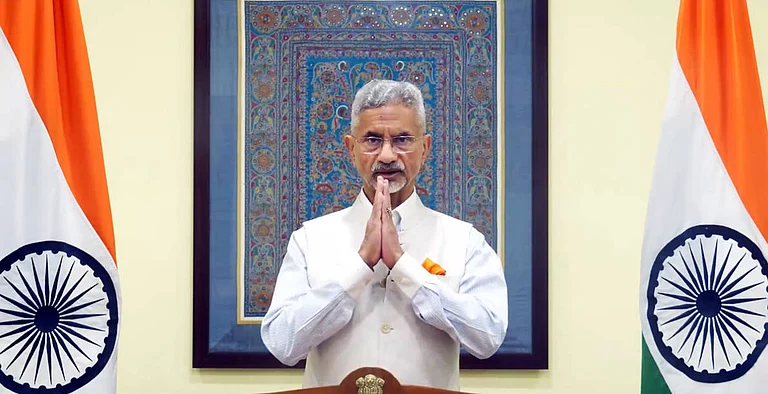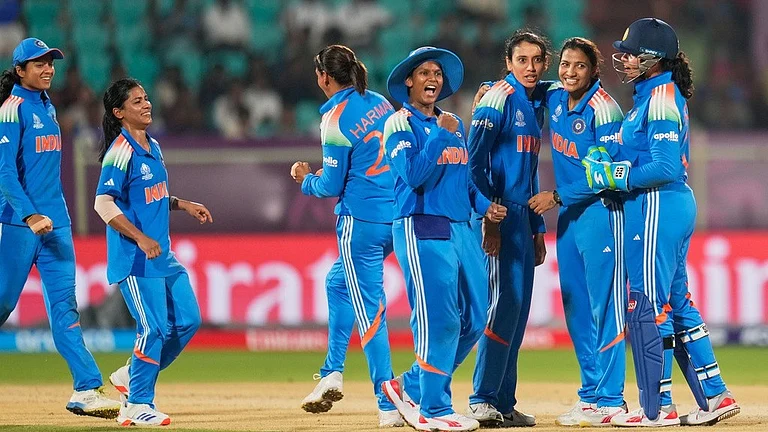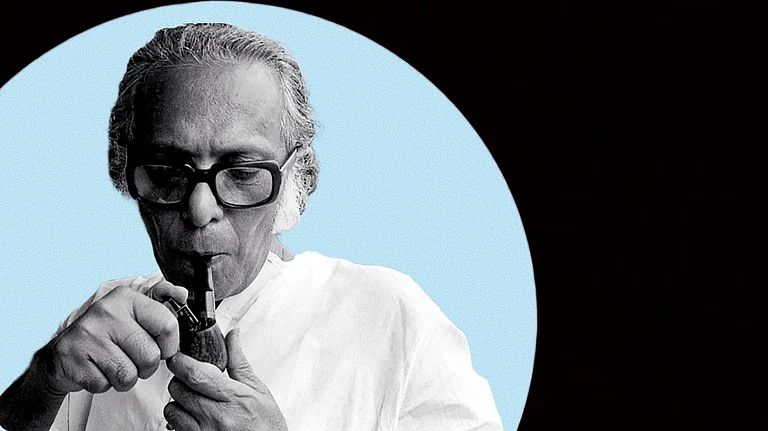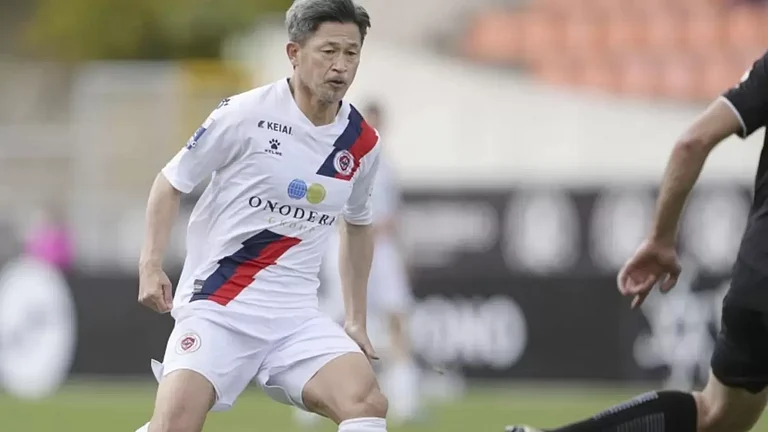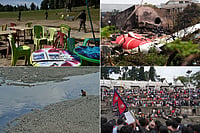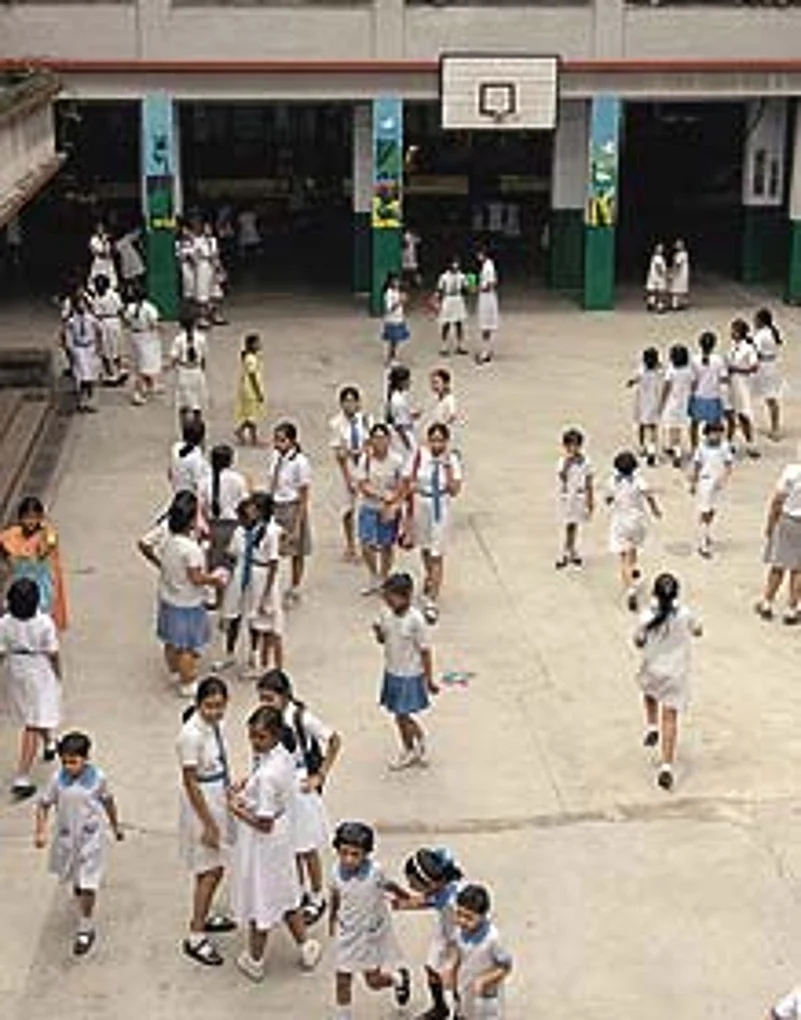
| The school courtyard during recess; Loreto Sealdah has redefined education |
Till 1979, when the cherubic and cheerful Sister Cyril Mooney took over as principal, Loreto was like any other convent school, with its students drawn from affluent middle-class homes. But for Sister Cyril, who received a Padma Shri award this year, it wasn't enough to be just a 'good' school. And so, in phases, she decided to increase the quota of seats for poor students to 50 per cent, giving them free uniforms, books and meals at the school, apart from charging them no fees. "This close association with students from the city's slums and streets, and the values passed down to us by Sister Cyril, have changed our perspectives and the way we interact with fellow humans," says Christine Gupta of the school's 1993 batch. Gupta now oversees another project of her alma mater in which students participate actively to rehabilitate children working as domestic helps.
Even more remarkably, well-to-do parents of Loreto's fee-paying students have become enthusiastic supporters of Sister Cyril's vision. Shibani Chakraborty, whose daughter Bedatroyee is a class seven student, is not overly concerned about studies being affected because of the social outreach projects, and she is happy about her daughter being friendly with slum children. "Loreto is a school where children get a real education," she says, "because education is incomplete without values. My daughter has learnt to empathise with others, to relate to people from different backgrounds; she is loving and helpful and honest, and these are the values the school teaches." Susmita Chowdhury, mother of class nine student Shreya, echoes her views: "My daughter has become a better human being than her peers in other schools because of all the work she is involved in. She has imbibed a sset of values that no other school can impart".

| Loreto Sealdah students take classes at the Ghazipur school |
A natural warmth and camaraderie among students make it impossible to tell which of the Loreto students come from poor families—so much so that we are embarrassed to even ask. The three students that we speak to show not a trace of self-consciousness or of being set apart in any way from their more affluent peers. Says Mehrul Nasa Gazi, "Everybody feels equal here. The school projects are not about charity, about the rich giving to the poor. I too go to the village schools to teach, and I feel the children there give me more than I give them." Catherine Jena, who also studies free at Loreto, bursts with enthusiasm as she tells Outlook how much she enjoys teaching at the Rainbow School and at Ghazipur every Thursday. "It's the most rewarding thing I've ever done," she says in impeccable English. Adds Hena Parveen, "I've discovered a whole new side to myself after I started taking part in the Shikshyajyoti project. I found out I love teaching and I've learnt to be patient and understanding."
Many Loreto alumni take forward the education they received at school in their personal and professional lives. One of them, a doctor, regularly offers service at the school's free health clinic that supplies free medicines and treatment to the Rainbow School children. Others participate in Loreto's other projects—feeding over 700 children daily, running a micro-credit scheme for mothers of the Rainbow School pupils, helping at old-age homes, and constructing school buildings in rural areas with donations of money and labour.
Loreto Sealdah's students and their parents, its teachers and alumni, are all proud stake-holders in Sister Cyril's vision, and together they have triumphantly redefined education.







